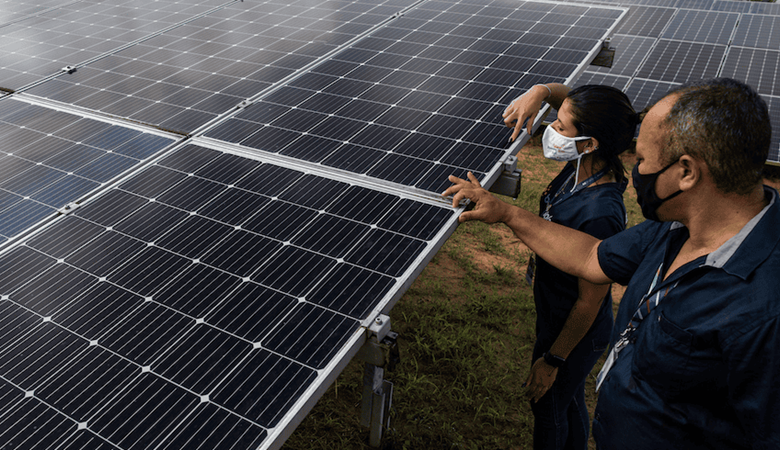Gender Incentives in Climate Finance
News Mania Desk / Piyal Chatterjee / 21st March 2025

If there was ever a moment to commit fully to this strategy — to increase gender incentives in climate finance quickly and intentionally — it is now. The target year for achieving the Sustainable Development Goals, 2030, is just five years ahead. However, rather than increasing this kind of effective strategy, various elements have come together to undermine funding aimed at gender and climate issues in several major global economies.
Intense resistance from the oil lobby and rampant expenditures on military equipment for various conflicts have hindered government funding for climate initiatives. Additionally, the recent political victories of pro-carbon, anti-diversity conservative groups in the Global North jeopardize significant advancements in renewable energy and gender equality.
In a recent analysis of almost twenty PBI projects, IDB, in collaboration with consulting firm Dalberg, discovered various lessons and best practices relevant to other initiatives that use gender incentives. For example, the report revealed that these efforts yield the best results when they align with companies’ strategic goals, when technical support accompanies funding, when implementation is adaptable, when standardized metrics are assessed, and when reporting is made easier.
However, this method has its limitations. For example, in the realm of energy initiatives, jobs in construction are temporary, and female workers employed during the building of renewable energy sites need to strategically prepare for their futures after construction ends. In reality, certain incentive agreements tackle this issue by motivating companies to take an active part in establishing “landing spots” for female employees in current operations or different sectors, once the project they were originally involved in has ended.
Furthermore, it should be noted that PBIs are not suitable for everyone. Not every chief executive or board of borrowing companies will back the connection of their loan terms to achievements regarding gender goals.
Nonetheless, it’s a vast world, and numerous energy firms across various areas are looking for ways to enhance their gender influence. There exists significant potential for implementing gender incentives in renewable energy within the rapidly evolving economies of Africa and Asia, particularly through incorporating the interest rate strategy mentioned earlier into the gender-equality toolkits of national energy companies and development finance institutions (DFIs).
Reflect on the situation in South Africa. A ten-year women’s leadership development initiative at Eskom, South Africa’s national energy firm, has led to women making up one third of its employees and holding 20% of executive roles and over 40% of senior management positions. For enhanced women’s employment advancements, Eskom might link its funding for private companies constructing large-scale solar plants to replace coal operations directly with gender performance targets via interest rate reductions.
The integration of women’s training programs, just-transition initiatives, and specific incentives may serve as strong catalysts for clean energy and gender equality throughout Africa and Asia. Among DFIs, for instance, the Asian Development Bank has pledged to enhance women’s involvement in governance, management, and technical positions within its renewable energy initiatives. Implementing gender-specific interest rate cuts in its private sector financing for clean energy would enhance the Bank’s outcomes.
Certainly, there are additional methods, apart from the interest rate approach, for designing financial incentives to promote fair, sustainable development. One approach consists of connecting the pay of investment fund managers, specifically their carried interest (profits), to the attainment of gender and climate goals. Due to increasing interest in this method from investment professionals, foundations, and DFIs, the Impact-Linked Compensation Project is carrying out thorough research on effective practices and case studies.
An additional strategy involves investors distributing their carried interest with the founders of their portfolio firms, a method initiated by Beyond Capital Ventures, a private fund operating in East Africa and India. The company’s Fund II offers a gender incentive on its carried interest payments to founders whose firms have full-time teams consisting of at least 25% women, include at least one woman in their senior management teams and capitalization tables, and adhere to thorough gender policies.
Regardless of the method they adopt, we understand that gender incentives in climate finance are effective. By lowering interest rates and implementing various strategies, private firms can be encouraged to substantially boost the hiring of women for high-paying positions in the development of clean energy plants and in roles after construction. With the SDG clock counting down to 2030 and the COP climate action negotiations struggling, gender incentives are poised for significant attention. They need to be quickly escalated, immediately. Investors, development banks, private firms, and gender specialists need to collaborate: There is a lot to accomplish and significant goals to reach.






